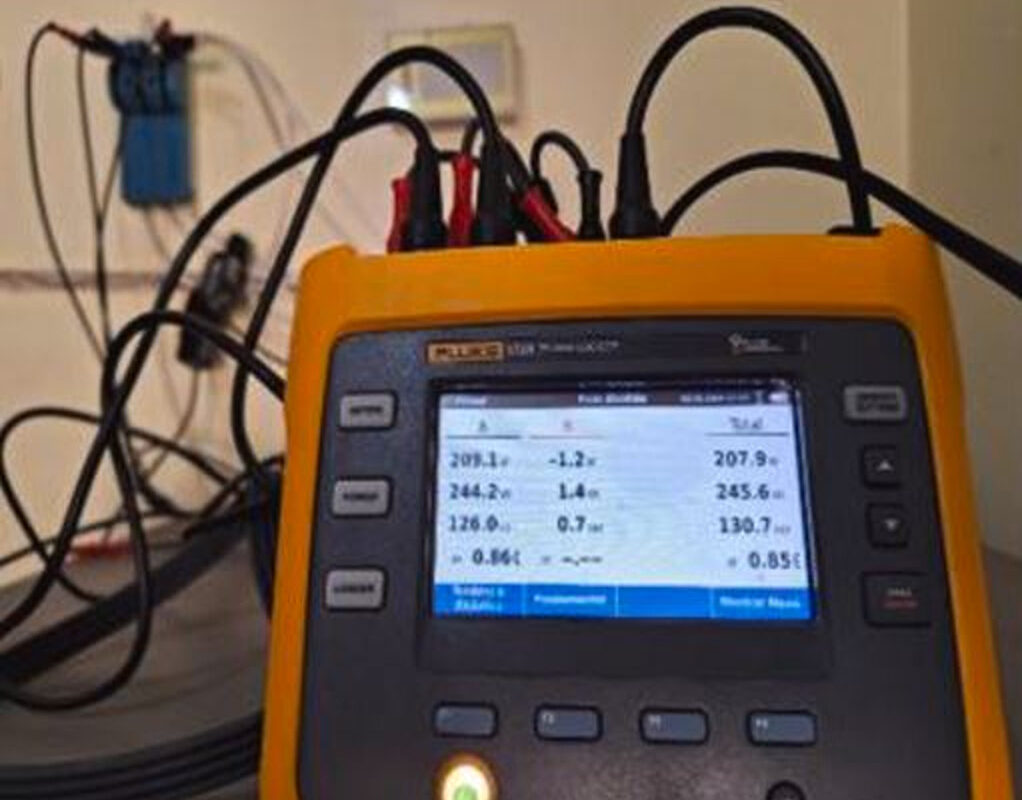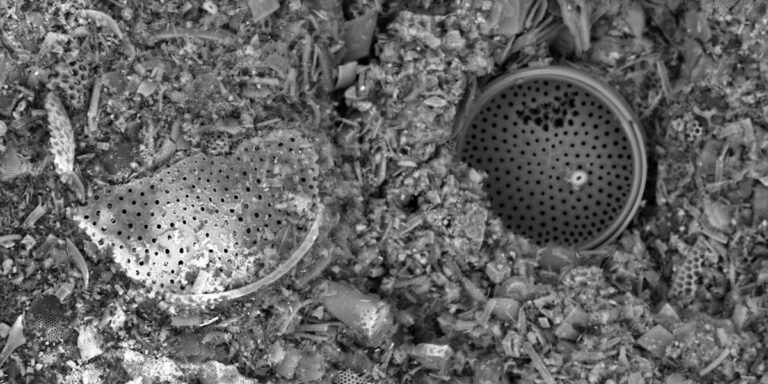Diatomaceous earth has many uses: it can also be used to extract silicon
Image: Hawk
Diatomaceous earth, also called diatomaceous earth, has been used as a material for liquid filters since the 19th century. It is also used in the manufacture of thermal insulation materials, grinding and polishing agents, cleaning agents and insect repellents.
The use of this material could be extended to the production of solar cells, according to a group of researchers from HAWK University of Applied Sciences and Arts Hildesheim/Holzminden/Göttingen in Germany and Algeria’s University of Oran.
The sediment consists largely of the shells of fossil diatoms containing amorphous silica. Diatomite mining in northern Germany began around 1840 and ceased in 1994. Until the early 20th century, the deposits covered almost all global demand, and later the material was also mined in many other countries. Currently there are large deposits in the US, Denmark, Turkey and China.
The scientists explained that the detection of impurities in diatomaceous earth will be a critical issue during the silicon extraction process, noting that impurities can significantly affect the performance of silicon solar cells.
To solve this problem and assess the quality of diatomite, they applied a sensitivity-enhanced calibration Laser-induced degradation spectroscopy (LIBS) measurement methodology.
The academics also assessed the morphology and properties of the diatomite surface using energy dispersive X-ray spectroscopy and scanning electron microscopy analysis.
Their findings are available in the study “Quantification of impurities in diatomite via sensitivity-enhanced calibration-free laser-induced degradation spectroscopy”, published in the Journal of Analytical Atomic Spectrometry. “This research contributes to process optimization in the production of electronic-grade silicon from diatomaceous earth for photovoltaic technology and other applications,” they concluded.
This content is copyrighted and may not be reused. If you would like to collaborate with us and reuse some of our content, please contact: editors@pv-magazine.com.
Popular content



